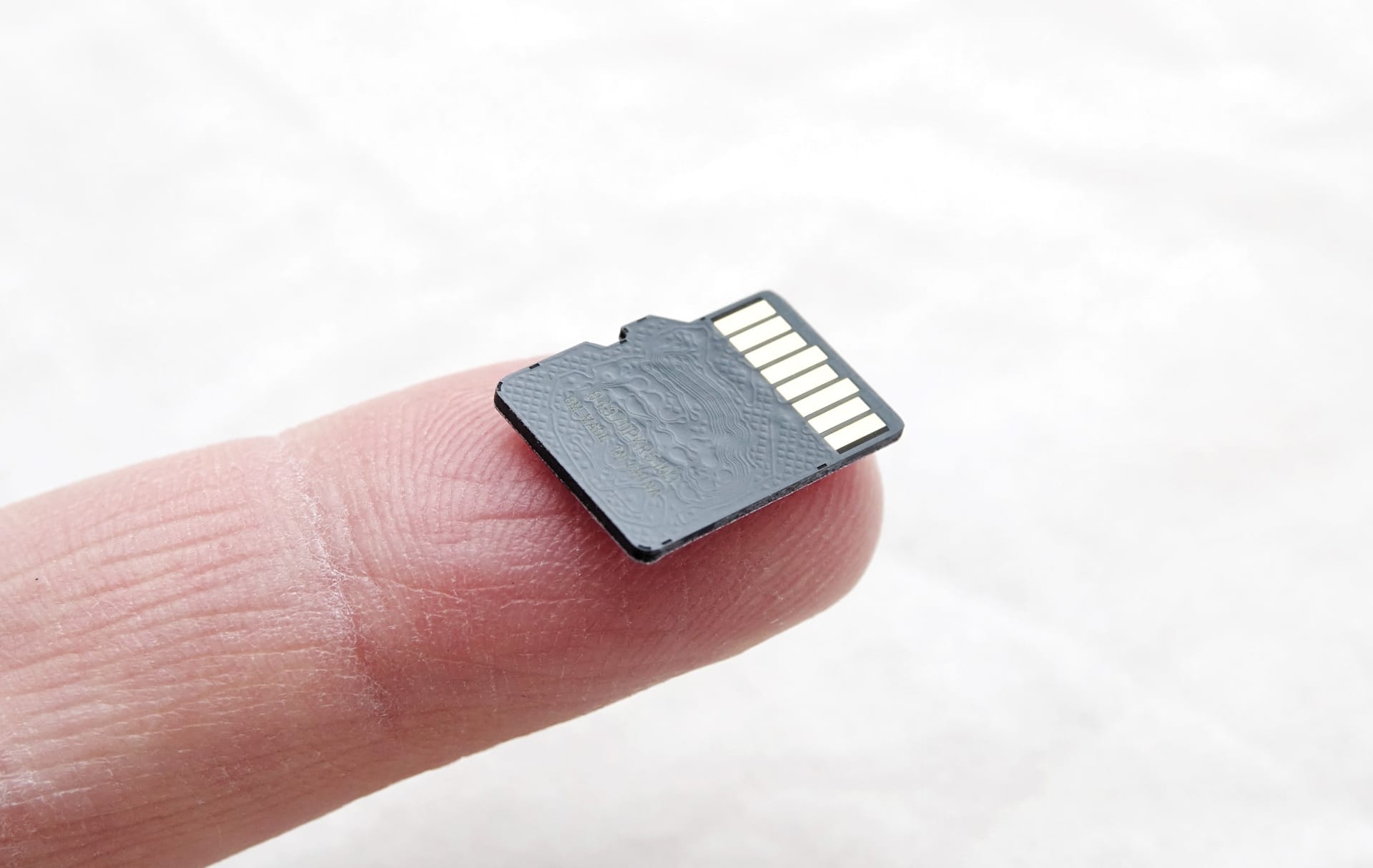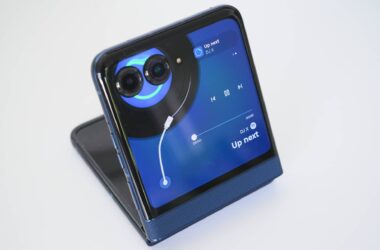Those tiny microSD cards in your phone and camera are getting faster yet staying ultra small.
We’re taking more pictures than ever and that means we need more storage. If your phone has a microSD slot, you may know that means you can upgrade your storage just as easy as popping in a new card and expanding what you already have, and that’s true of most devices with a microSD card.
Some, like cameras, won’t work without a memory card thrown in, and these may also have more extensive speed requirements. Depending on how much resolution and detail you plan to capture with, you may need a fast memory card.
That’s one of the first things you’ll learn about SD and microSD cards early on: they’re not created equal. Some will be faster than others, and depending on your needs, you may need more speed than others.
For instance, if you plan to capture 4K Ultra HD video, you can bet that you’ll need something better than the random five or ten buck microSD card that merely adds a bit of storage to your phone.
MicroSD cards are noted by numbers and letters that can give away their performance, with a number in a circle giving you an indication as to the speed class (such as 10 in a circle means 10MB per second), while UHS shows a number in a U for its “Ultra High-Speed” class (typically, you take the number and multiply by ten for its speed; a three in a U is a UHS-3 card, and works at 30MB per second). There’s also a video class speed with “V” and a number, with that number detailing how fast the video capable microSD card is, such as V30 being 30MB per second and V90 being 90MB per second.
The more megabytes per second, the faster the card. The faster the card, the more resolution it can handle for video.
But while we typically max out at 90MB per second, which is enough for capturing some Ultra HD video, there’s more on the way, as Western Digital and SanDisk have recently shown.
A faster technology, it’s called microSD Express, and it’s likely coming next year, delivering faster speeds to devices.
The good news is that you may not need to do anything, and once the new chips come out, it should just work in your phone, tablet, and cameras, as Western Digital’s CheChung Lin explains.
“The microSD Express card is designed to be backward compatible, meaning that it works with the current microSD card slot, no need for firmware upgrade,” he said.
“The PCIe 3.0 that microSD Express card is based on can theoretically supports performance up to 985MB/s which is more than five times the speed comparing with the current cards.”
That means the next set of microSD cards won’t just be backwards compatible, but faster, too. You will have to wait for them, however, with the new memory cards not expected until next year.






